Peacock cichlids are vibrant and captivating freshwater fish that originate from Lake Malawi in Africa. Known for their stunning colors and unique behaviors, they are a popular choice for aquarists.
However, selecting suitable tank mates is essential for maintaining a peaceful and harmonious aquarium environment.
Peacock cichlids can exhibit territorial behavior, especially during breeding seasons, which can lead to aggression towards incompatible species.
Understanding their temperament and environmental needs is crucial for creating a well-balanced community tank that showcases the beauty of these magnificent fish while ensuring the well-being of all inhabitants.
When choosing tank mates for peacock cichlids, it’s important to consider factors such as size, temperament, and water parameters.
Ideally, you want to select fish that can coexist peacefully with these colorful cichlids without being overly aggressive or too timid.
Some compatible species can enhance the visual appeal of your aquarium while providing a dynamic community setting.
This article will explore various suitable tank mates, their compatibility with peacock cichlids, and tips for creating a thriving aquarium that showcases the beauty and personality of these stunning fish.
In this article:
- Compatible Tank Mates
- Understanding Peacock Cichlids
- Ideal Tank Conditions
- Fish to Avoid
- Introducing New Fish
- Monitoring Behavior
- Creating a Harmonious Tank
Compatible Tank Mates
Several fish species make excellent companions for peacock cichlids. Good options include other African cichlids, such as mbunas and haplochromis, which can tolerate similar water conditions.
Additionally, larger tetras, barbs, and certain types of catfish can coexist peacefully. These species can add diversity to your aquarium while minimizing aggression and territorial disputes with peacock cichlids.
- Other Peacock Cichlids – Keep multiple males with enough space and hideouts, or a single male with 3-4 females.
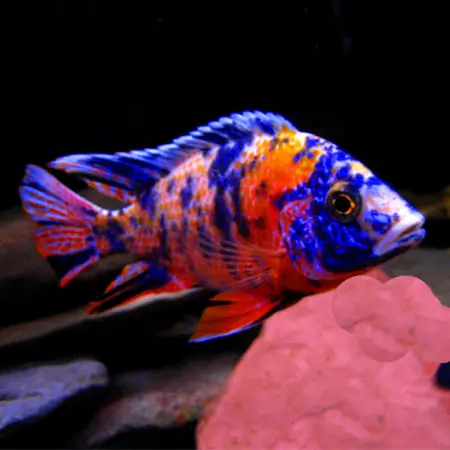
- Yellow Labs (Labidochromis caeruleus) – Peaceful mbuna cichlids that add even more color.
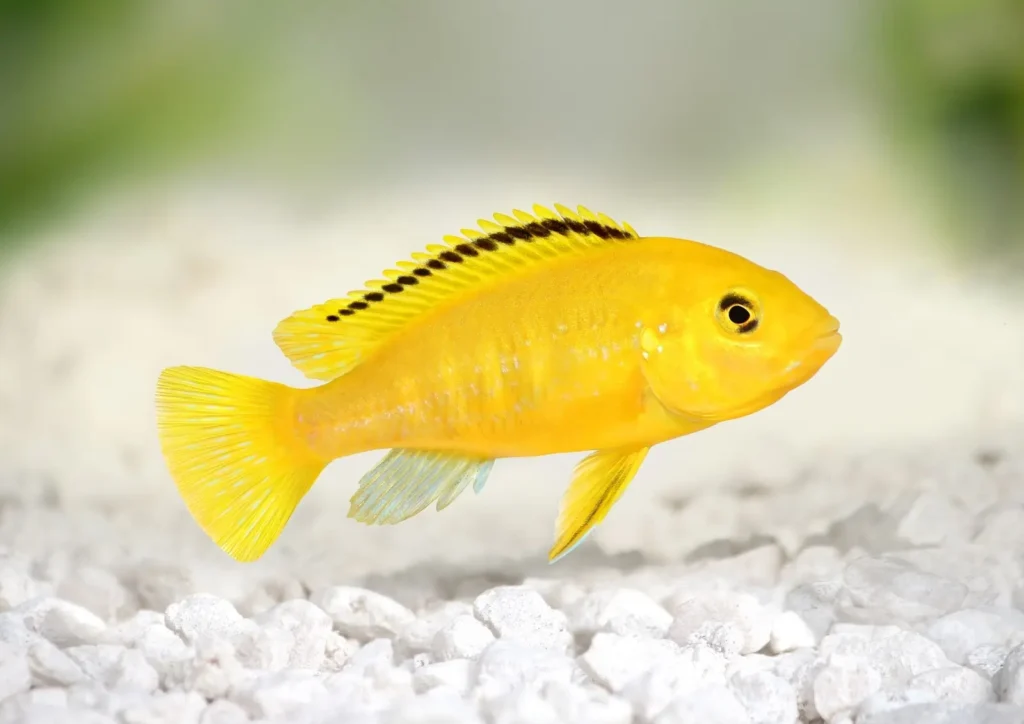
- Haplochromis Cichlids – Similar in size and temperament; great mix with Peacocks.

- Synodontis Catfish – Bottom dwellers that can hold their own and stay out of the way.
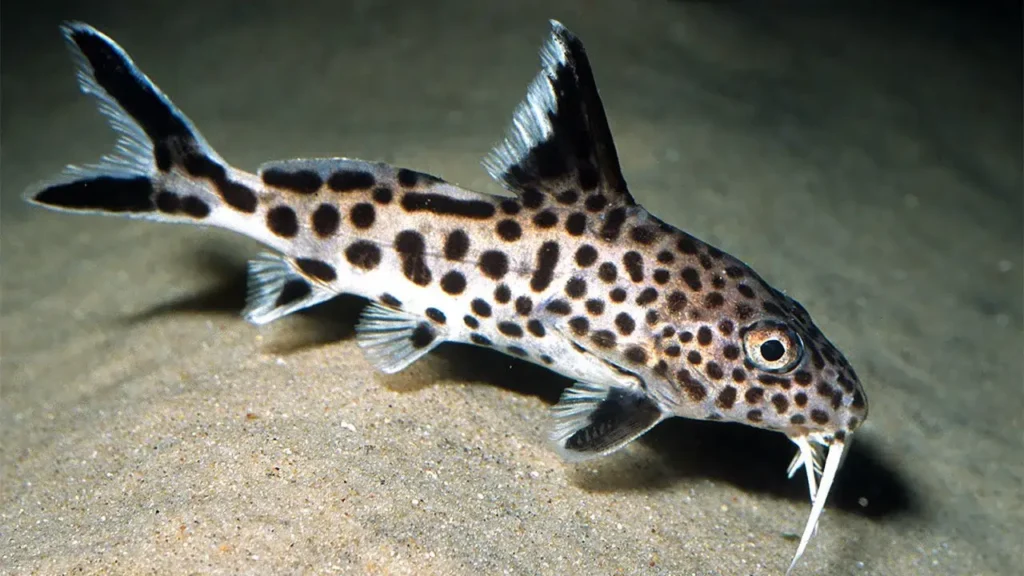
- Plecos (larger species) – Algae eaters that won’t bother cichlids.
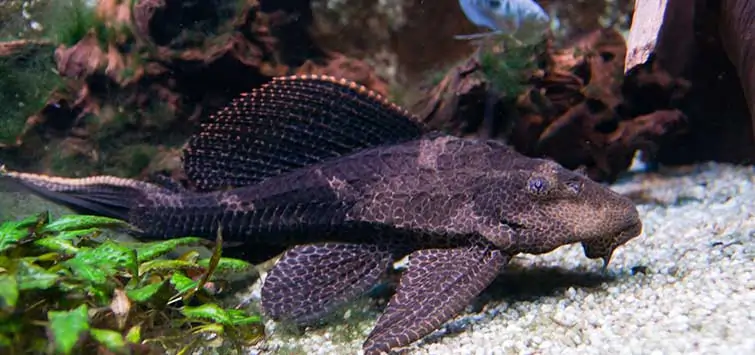
- Rainbowfish (larger types) – Fast swimmers, colorful, and can manage the energy.
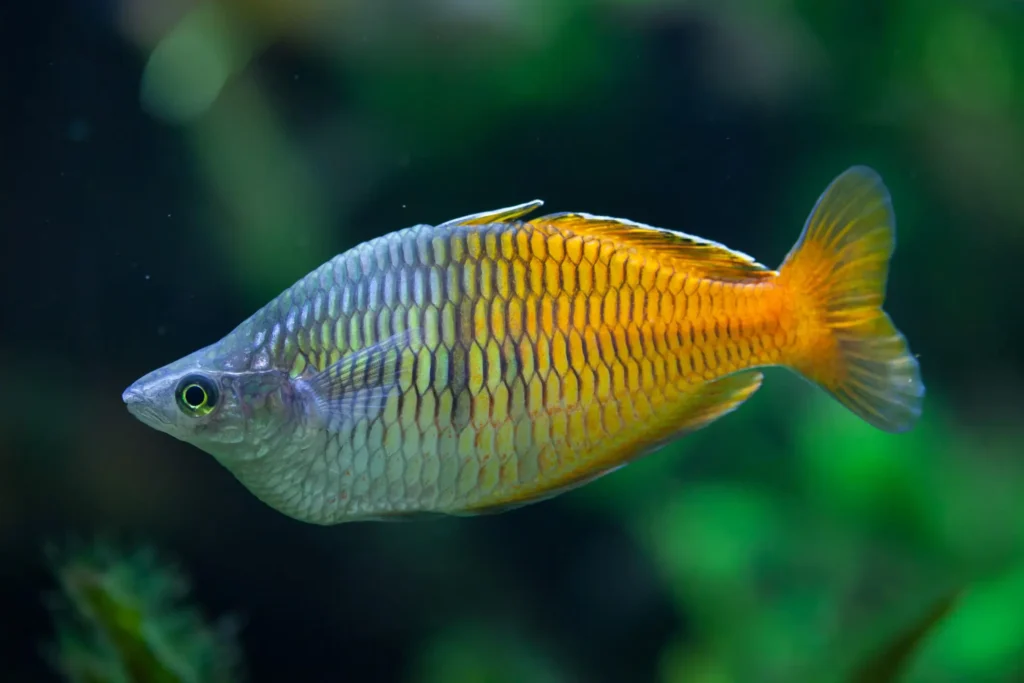
- African Butterfly Fish – Surface dwellers with a calm but defensive nature.
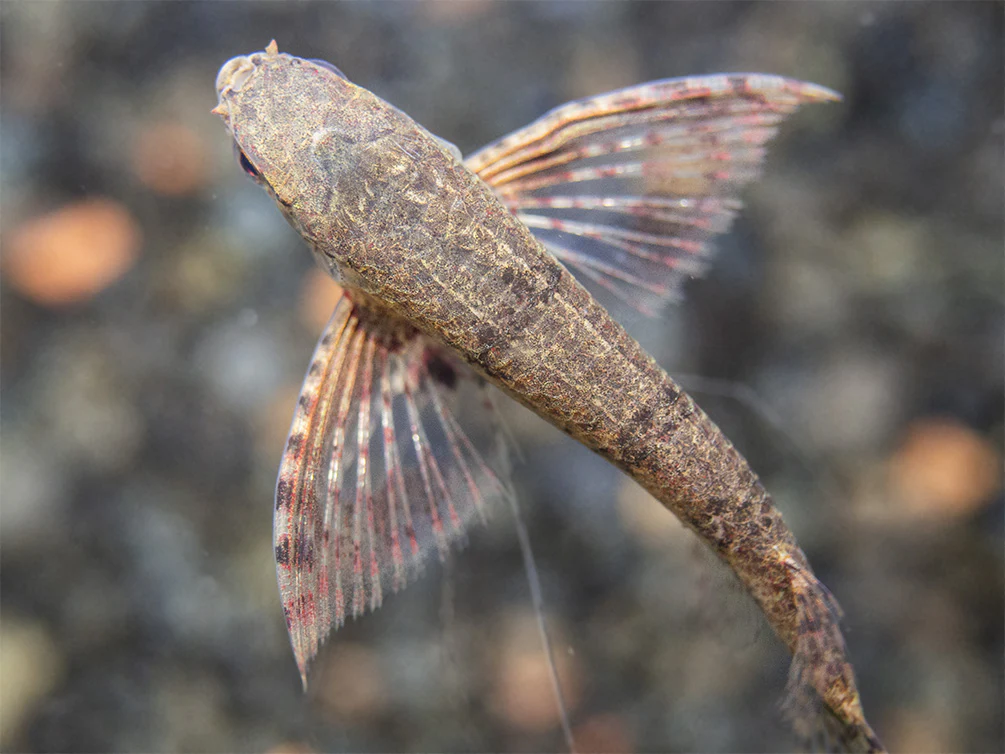
Understanding Peacock Cichlids
Peacock cichlids belong to the family Cichlidae and are known for their vibrant colors and diverse patterns. They are typically peaceful but can become territorial, especially during breeding.
Understanding their natural behaviors and social structures is essential when selecting tank mates. These fish thrive in groups, so keeping them in schools can help reduce aggression.
However, the size and temperament of potential tank mates must align with the peacock cichlid’s characteristics to ensure a balanced environment.
Ideal Tank Conditions
Creating the right environment is crucial for peacock cichlids and their tank mates. They prefer a spacious aquarium with plenty of hiding spots, such as rocks and caves, to establish territories.
The water should be kept slightly alkaline, with a pH of 7.8 to 8.6, and temperatures between 75°F and 82°F. Regular water changes and good filtration will help maintain water quality, promoting the health of all fish in the tank.
Fish to Avoid
While many fish can coexist with peacock cichlids, certain species should be avoided. Small, timid fish like guppies or neon tetras may become targets for aggression.
Similarly, other aggressive cichlids, particularly those that are more territorial, can lead to conflicts. It’s essential to research and select tank mates that can handle the peacock cichlid’s behavior to prevent stress and potential harm.
Introducing New Fish
When adding new fish to a peacock cichlid tank, it’s important to do so gradually. Begin by quarantining new arrivals to prevent introducing diseases.
After ensuring they are healthy, introduce them during low-stress times, such as after water changes. Monitor interactions closely for the first few days to ensure that all fish are adjusting well and displaying compatible behaviors.
Monitoring Behavior
After introducing new tank mates, keep a close eye on their interactions. Look for signs of aggression, such as chasing or fin nipping.
If conflicts arise, be prepared to separate fish if necessary. Creating a peaceful environment requires ongoing observation and adjustments to maintain harmony among all species in the tank.
Creating a Harmonious Tank
To create a harmonious tank, provide ample hiding spots and territories for all fish. Maintaining appropriate water conditions and feeding a balanced diet will also contribute to a peaceful environment.
Regularly monitor the behavior of your peacock cichlids and their tank mates to ensure compatibility, and be ready to make changes if needed. With careful planning and monitoring, you can enjoy a vibrant and dynamic aquarium.






